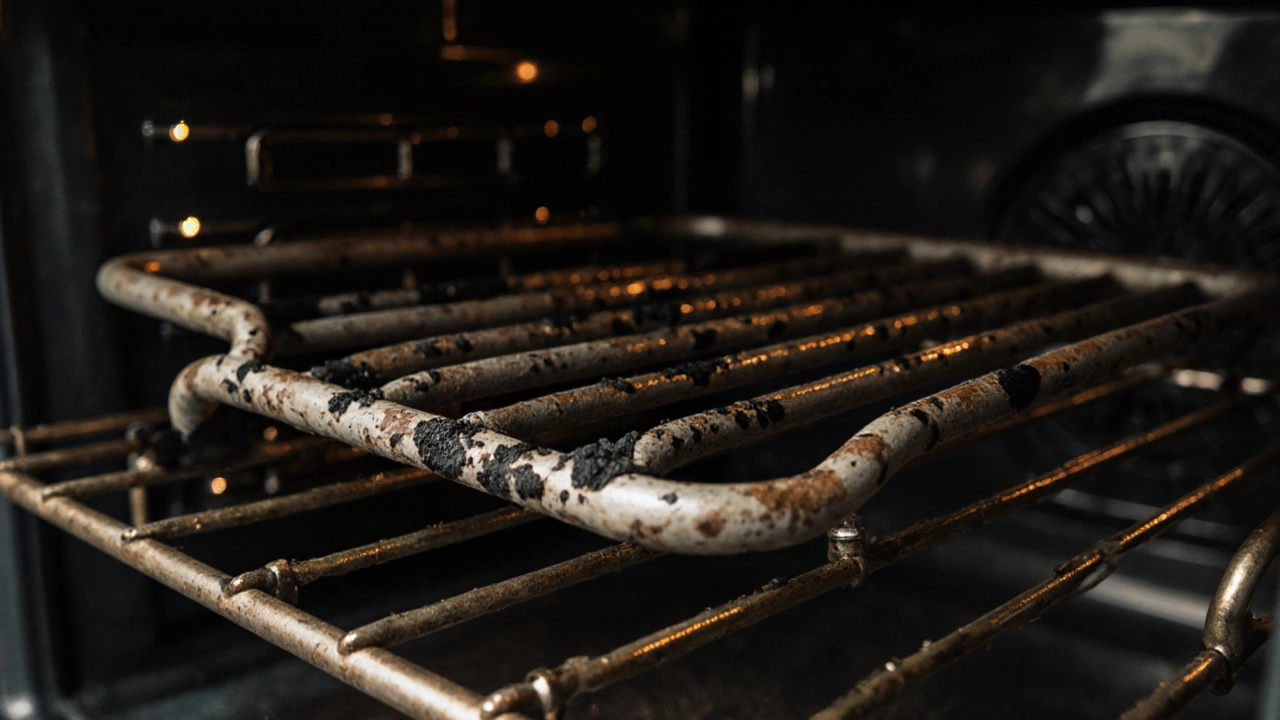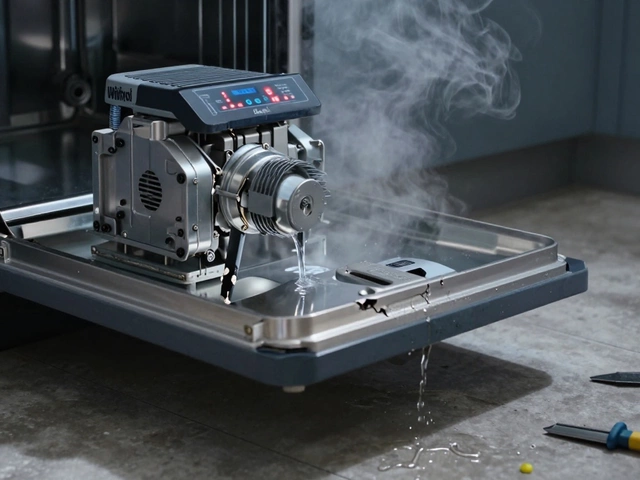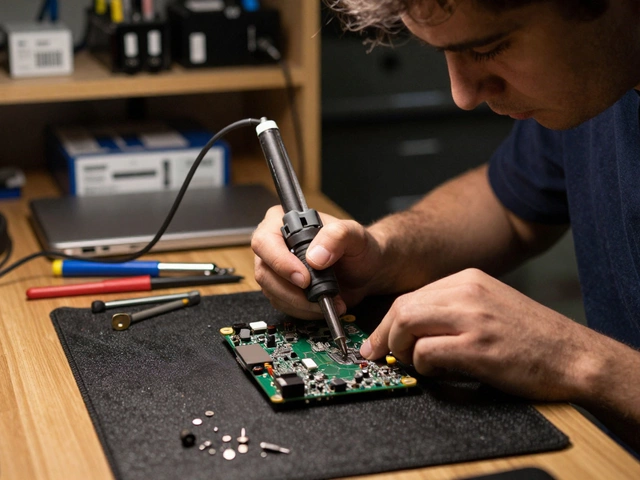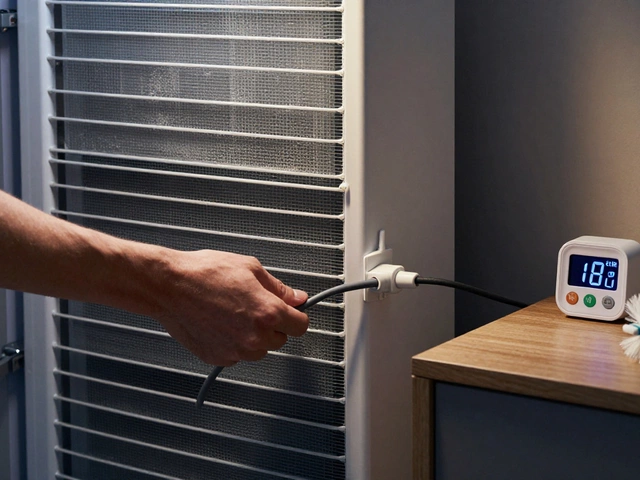Faulty Oven Element: Signs, Fixes, and When to Call a Pro
When your oven refuses to heat up, the problem is often a faulty oven element, the heating coil inside the oven that turns electricity into heat. Also known as a bake element, it’s one of the most common failure points in electric ovens. If the element is cracked, discolored, or doesn’t glow red when the oven is on, it’s done. You don’t need a degree in engineering to spot this—just open the oven door and look. No glow? No heat. Simple as that.
A faulty oven element, the heating coil inside the oven that turns electricity into heat. Also known as a bake element, it’s one of the most common failure points in electric ovens. doesn’t always fail quietly. Sometimes it sparks, pops, or smells like burning plastic. Other times, it just stops working without warning. The cause? Usually age, overheating from a stuck thermostat, or a power surge. If you’ve noticed uneven baking—like one side of your roast burning while the other stays raw—that’s a red flag. The element might be partially dead, and it’s not distributing heat evenly anymore.
Before you call a technician, check the easy stuff first. Is the oven getting power? Did you accidentally turn off the circuit breaker? Is the temperature sensor working? A bad oven thermostat, the control that tells the oven when to turn the heating element on and off. Also known as a temperature sensor, it can trick the oven into thinking it’s hot when it’s not. can mimic a broken element. But if the thermostat’s fine and the element looks damaged, replacing it is usually cheap and fast. Most oven elements cost under £50, and if you’re handy with a screwdriver, you can swap it yourself in under an hour. Just remember: unplug the oven first. Electricity and water don’t mix, even in a dry oven.
Not all ovens have visible elements. Some have hidden bake elements under the oven floor. If yours does, you’ll need to remove the bottom panel to check it. Look for cracks, bubbles, or burn marks. If it’s intact but still not working, test it with a multimeter. No continuity? Time for a new one. If you’re unsure, don’t guess. A wrong part can damage your oven further. Keep your model number handy—brands like Bosch, Whirlpool, and Hotpoint use different element types.
And here’s the thing: if your oven is over 10 years old and the element keeps failing, it might be time to think about replacement. Replacing the element is fine for a one-off fix. But if you’re spending £100 every year on repairs, you’re better off investing in a new oven with better efficiency and a warranty. New ovens use less energy, heat more evenly, and come with smart features that make cooking easier.
What you’ll find below are real fixes from real repairs—step-by-step guides on testing your element, how to replace it safely, and when to walk away from the repair and walk toward a new appliance. No fluff. No theory. Just what works.
What Are Common Faults with Electric Ovens? Top Issues and How to Spot Them
- Alden Wilder
- Oct 29 2025
- 0 Comments
Learn the top 5 common faults with electric ovens-from broken heating elements to faulty thermostats-and how to fix them yourself before calling a technician.
View More




